The natural world has its fair share of predators, but plants? Yes, they’re in the game, too, and they’re not messing around. Carnivorous plants are like the couture models of the botanical world—deadly, fascinating, and completely captivating. These green assassins don’t just sip water and soak up sunlight—they’re out here luring, trapping, and digesting unsuspecting prey.
1. Venus Flytrap: The Classic Carnivorous Icon
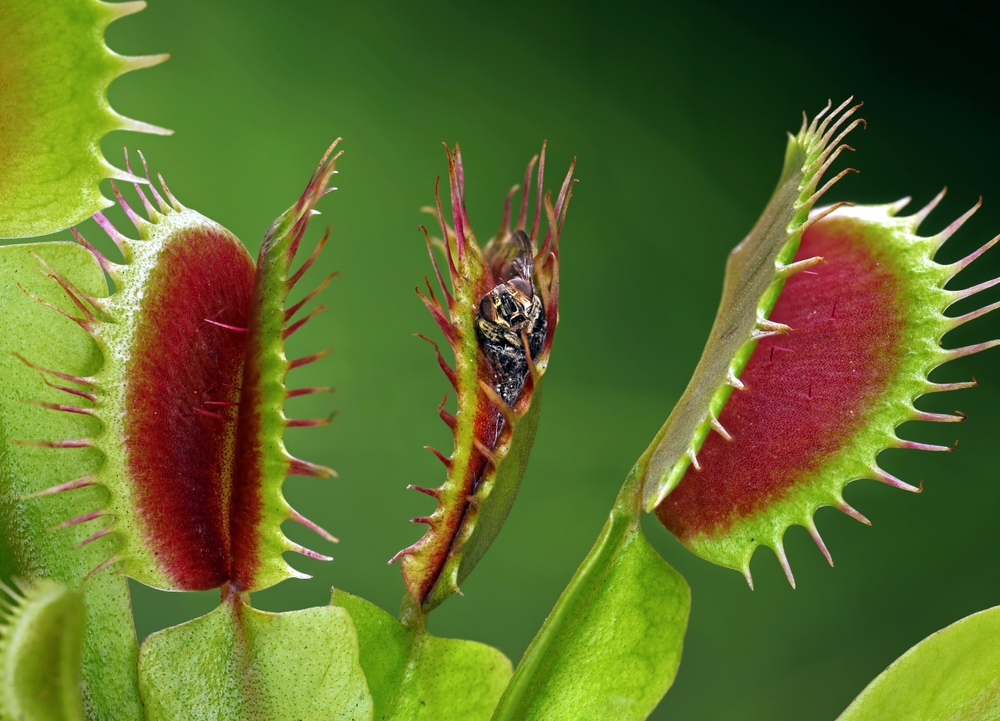
The Venus flytrap is the OG of carnivorous plants, and it’s just as vicious as you’ve been led to believe. With jaw-like leaves that snap shut in milliseconds, this plant traps insects lured in by its sweet nectar. Once the prey is caught, it’s digested over several days. It’s like the plant world’s answer to a steel trap, but way cooler.
2. Pitcher Plant: Nature’s Death Vase
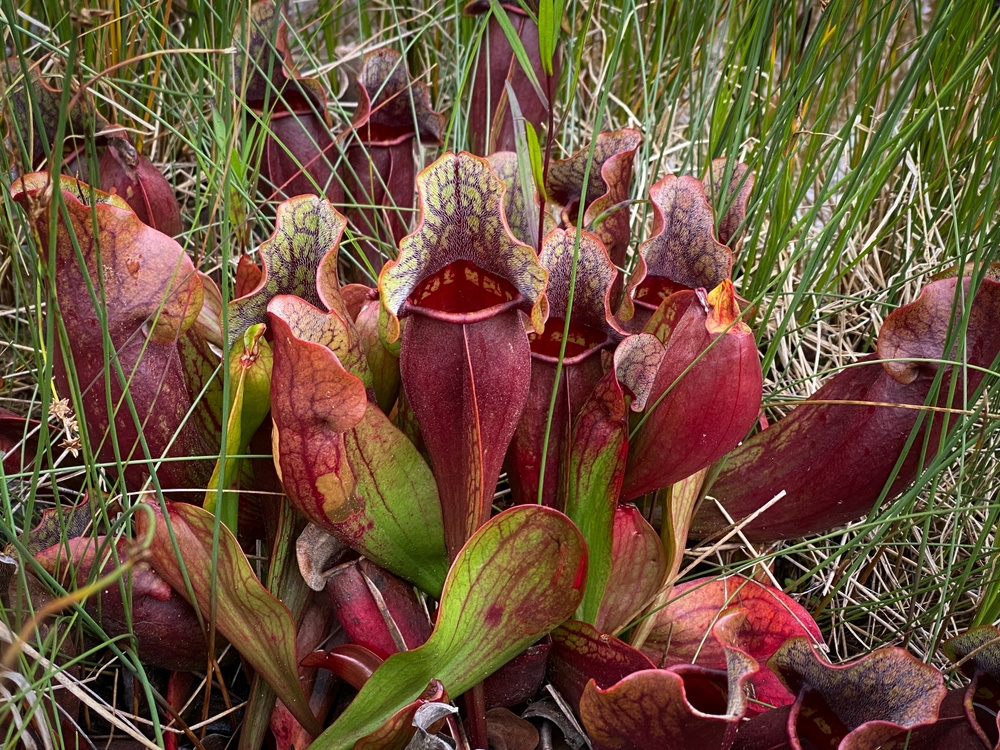
Pitcher plants are like floral booby traps. Their bright, nectar-filled “pitchers” lure in insects and even small animals like frogs. Once inside, the slippery walls and digestive enzymes make escape impossible. It’s a deadly waterslide disguised as a plant, and nature couldn’t be prouder.
3. Sundew: Sticky, Yet Deadly

Don’t be fooled by the sundew’s delicate, dewy appearance. Those glistening droplets on its tentacle-like leaves are sticky traps that ensnare unsuspecting insects. Once an insect lands, the plant’s tentacles slowly wrap around it, sealing its fate. It’s a slow but utterly effective kill.
4. Cobra Lily: The Snake-Like Predator
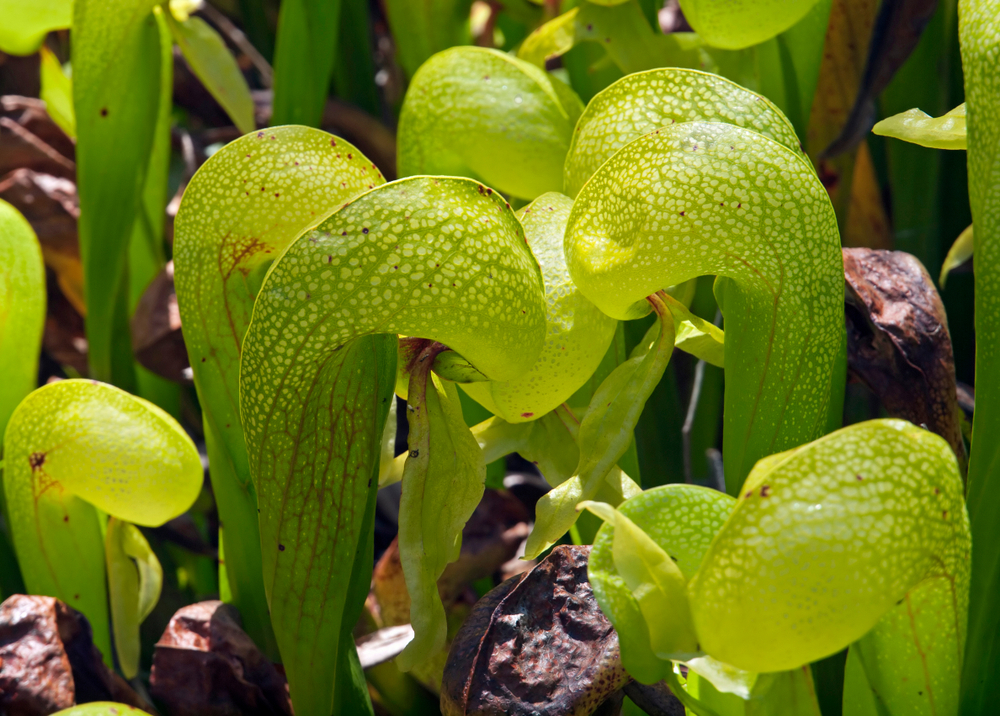
Shaped like a cobra’s hood, the cobra lily uses its sinister appearance to trick prey into its tubular trap. Inside, the plant’s slick walls and downward-pointing hairs make escape a one-way nightmare. Insects don’t stand a chance, and this plant doesn’t even need venom to get the job done.
5. Butterwort: The Silent Killer
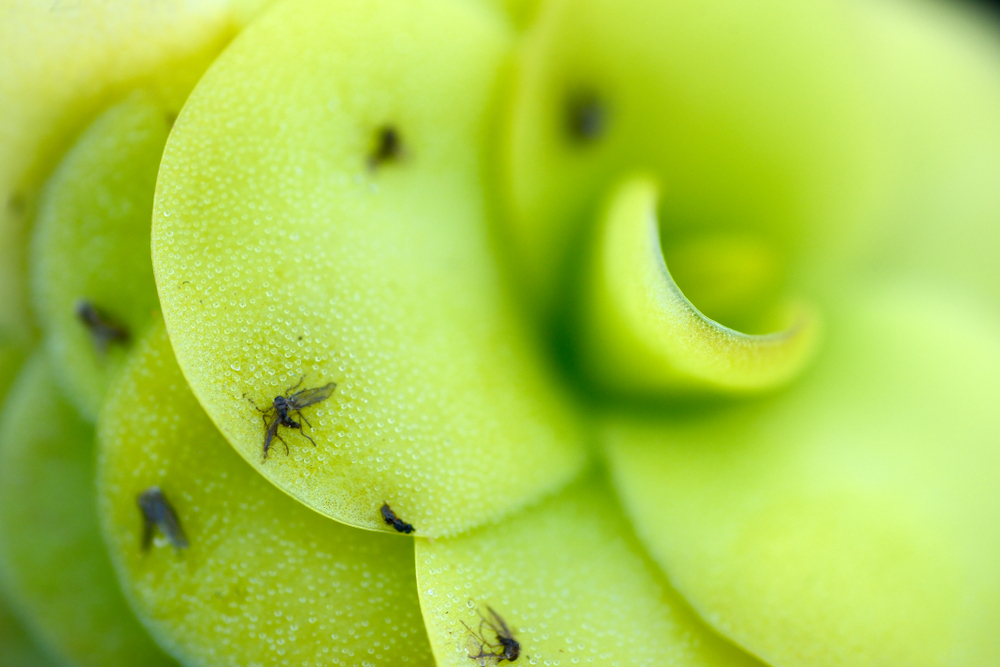
Butterwort may not look as menacing as other carnivorous plants, but its leaves are coated with a sticky substance that traps and digests insects effortlessly. It’s like the flypaper of the plant world—subtle, efficient, and downright ruthless.
6. Tropical Pitcher Plants: The Animal Eaters
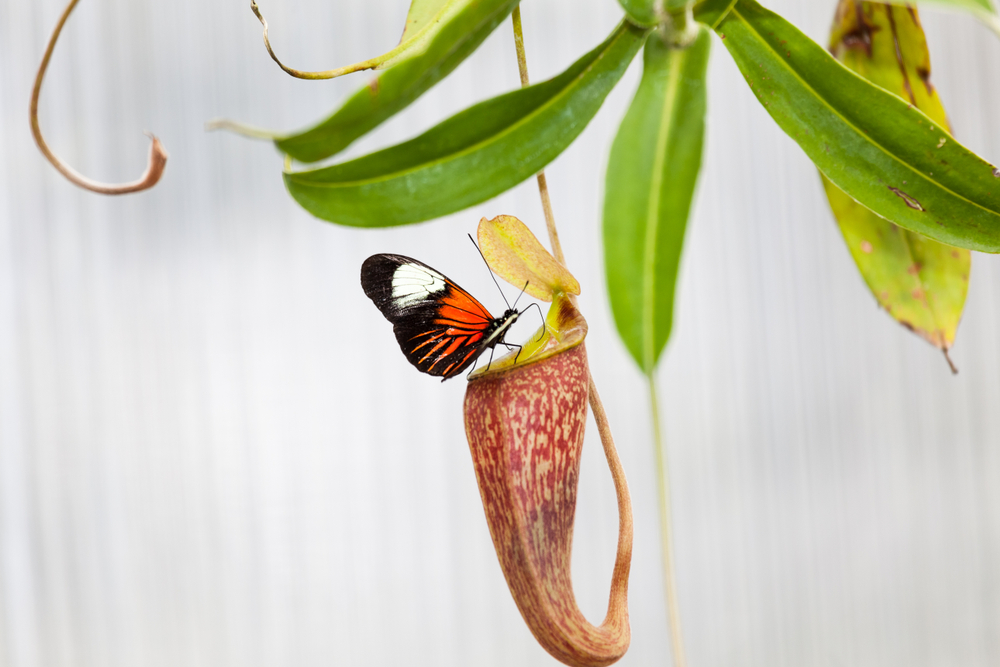
While most pitcher plants stick to bugs, tropical pitcher plants take things to another level. These giants have been known to trap small vertebrates like mice, frogs, and even birds. Think of them as the upscale luxury traps in the carnivorous plant world—larger, bolder, and more dramatic.
7. Bladderwort: The Aquatic Assassin
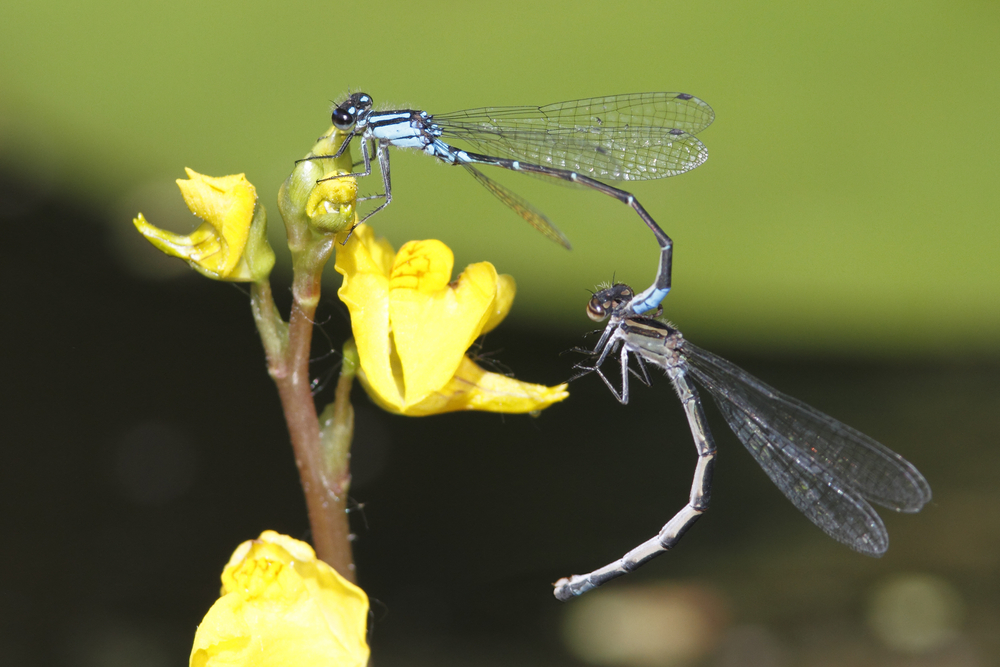
Bladderworts operate underwater, which somehow makes them even more terrifying. These plants have tiny, bladder-like traps that suck in prey at lightning speed. One second, a tiny crustacean is swimming happily; the next, it’s gone, swallowed whole by a plant. It’s a carnivorous riptide.
8. Roridula: The Predator with a Partner
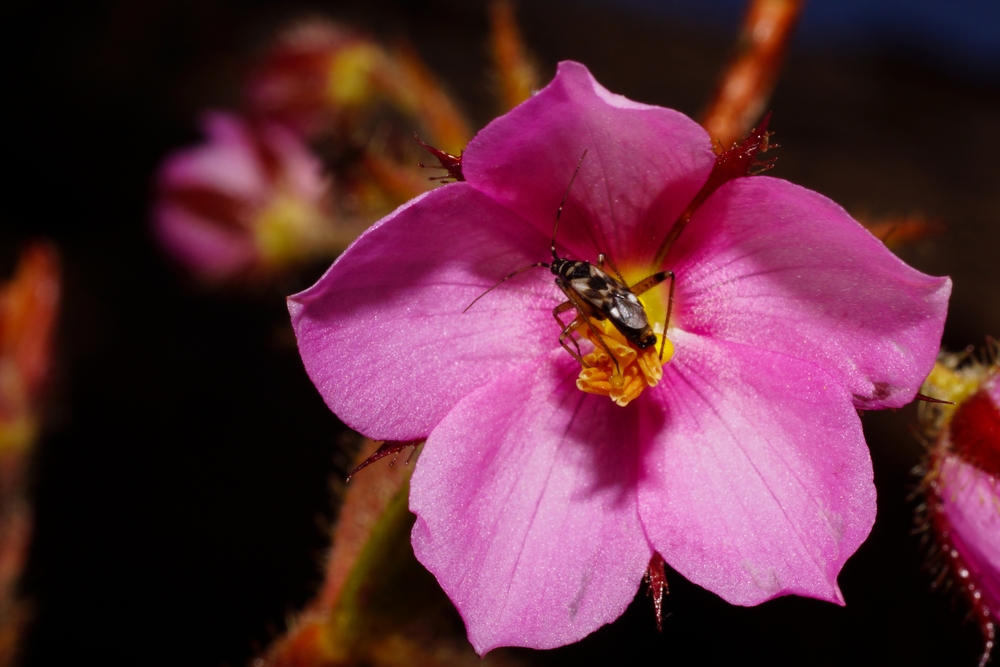
The Roridula plant takes a collaborative approach to carnivory. It traps insects with its sticky leaves but relies on symbiotic bugs to do the digestion. In exchange for their help, the plant absorbs the nutrients from the bugs’ droppings. It’s teamwork, but make it deadly.
9. Tropical Pitcher Giant Nepenthes Rajah
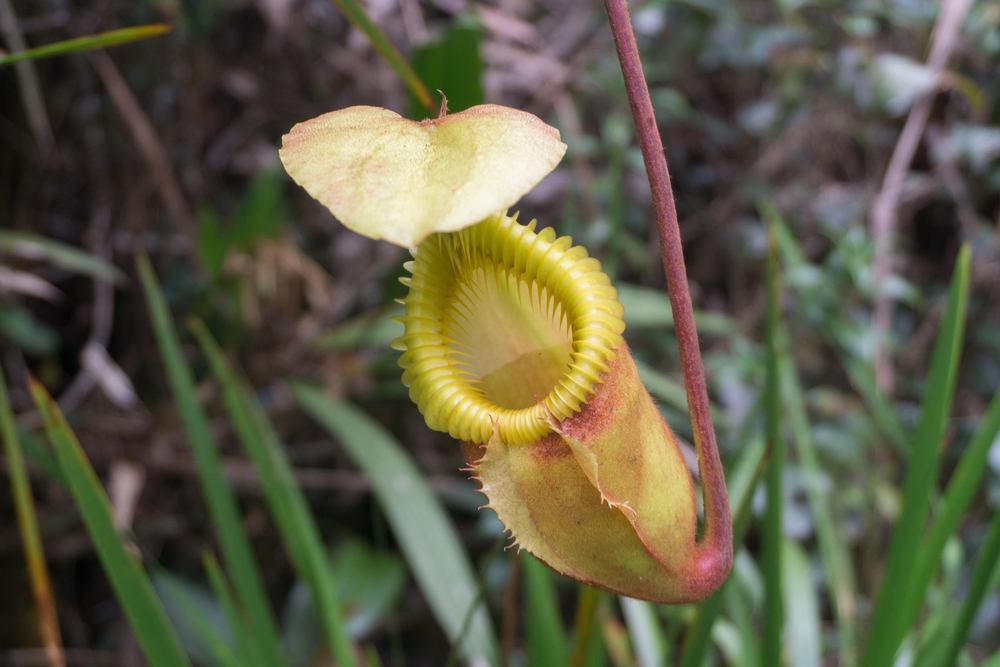
Meet Nepenthes rajah, the king of pitcher plants. This oversized carnivore is large enough to trap mammals like shrews and rats. Imagine a massive and efficient plant that doubles as a tiny predator—terrifying, right? It’s nature’s way of flexing its creative muscle.
10. Waterwheel Plant: The Venus Flytrap’s Aquatic Cousin
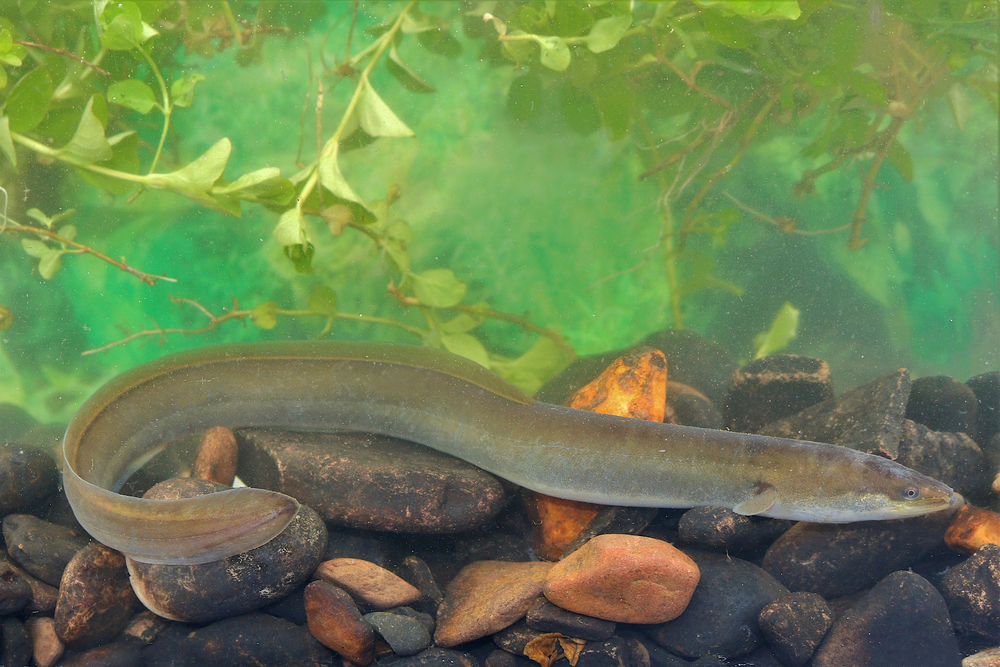
The waterwheel plant is a Venus flytrap, but underwater. Its snapping traps catch aquatic prey like insects and tiny fish. This plant proves that carnivory isn’t limited to land—it’s thriving underwater, too.
11. Albany Pitcher Plant: The Endemic Deathtrap
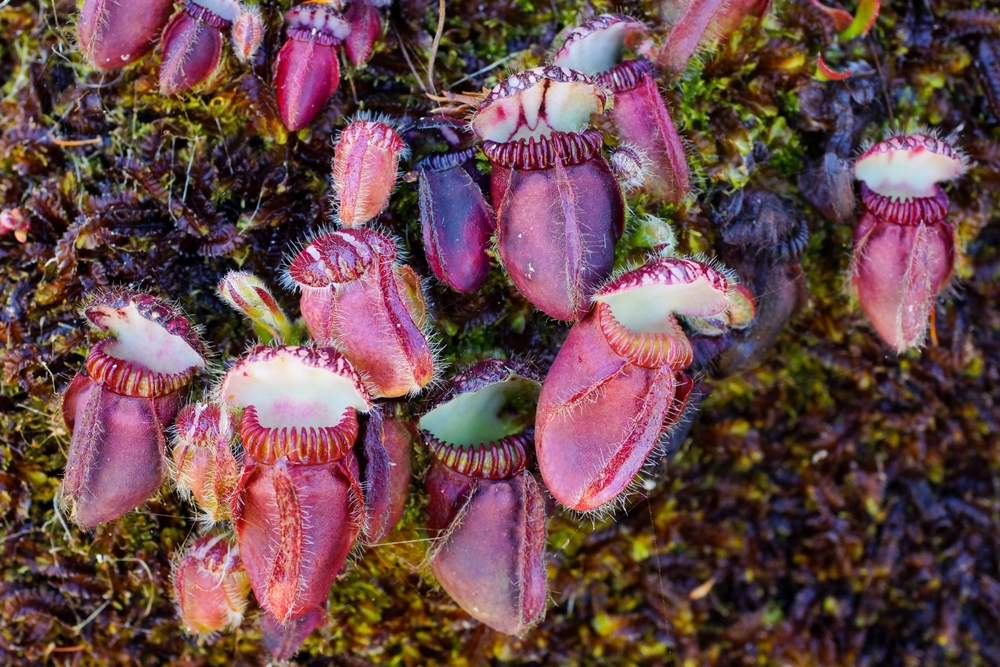
Native to Australia, the Albany pitcher plant has specialized leaves shaped like miniature pits. Small animals and insects fall into the trap, where enzymes break them into nutrient-rich soup. It’s survival of the most clever, and this plant is winning.
12. Drosophyllum: A Fly’s Worst Nightmare
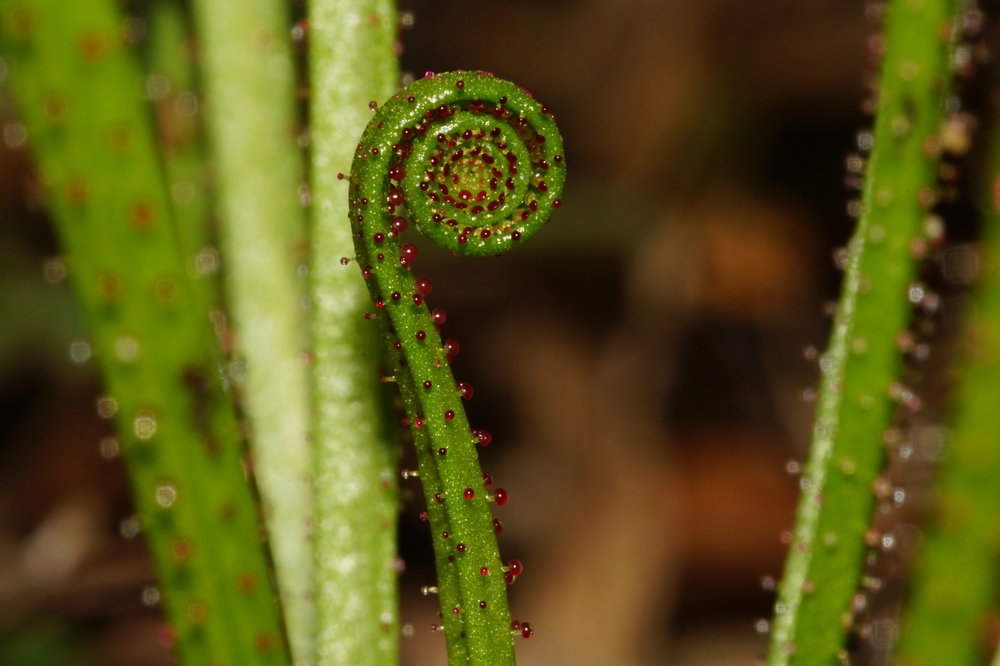
The Drosophyllum, or Portuguese sundew, thrives in dry, nutrient-poor environments by feasting on insects. Its leaves are covered in sticky mucilage that traps bugs and slowly digests them. Think of it as the desert assassin of the plant world—unassuming but utterly efficient.
13. Brocchinia Reducta: The Carnivorous Bromeliad
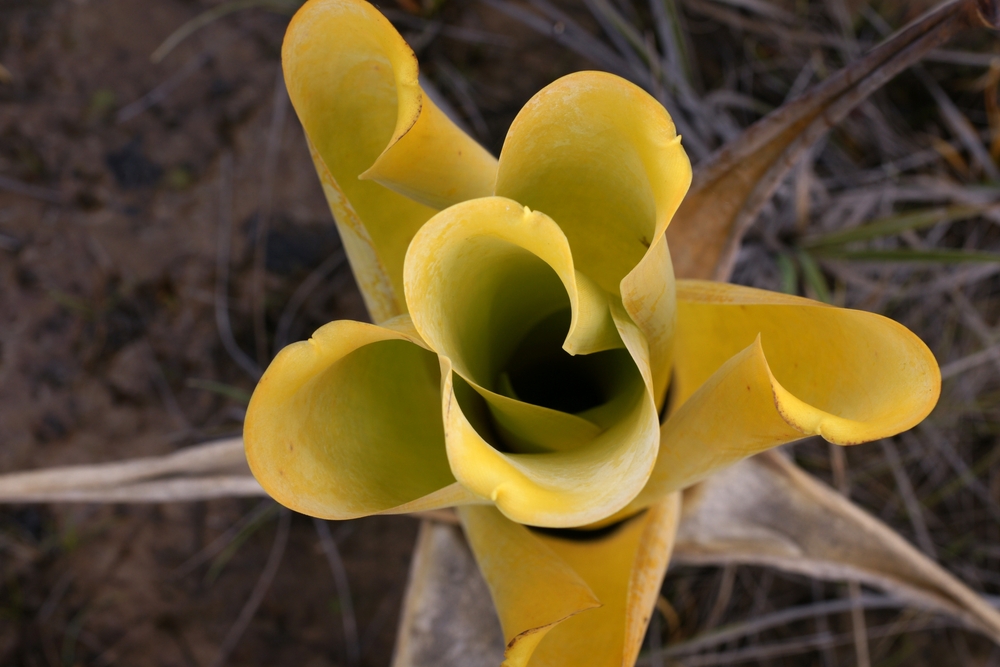
This bromeliad takes a page from the pitcher plant’s book, using its water-filled rosette to trap insects. Its waxy leaves make escape nearly impossible, and digestive enzymes do the rest. It’s a tropical beauty with a killer instinct.
